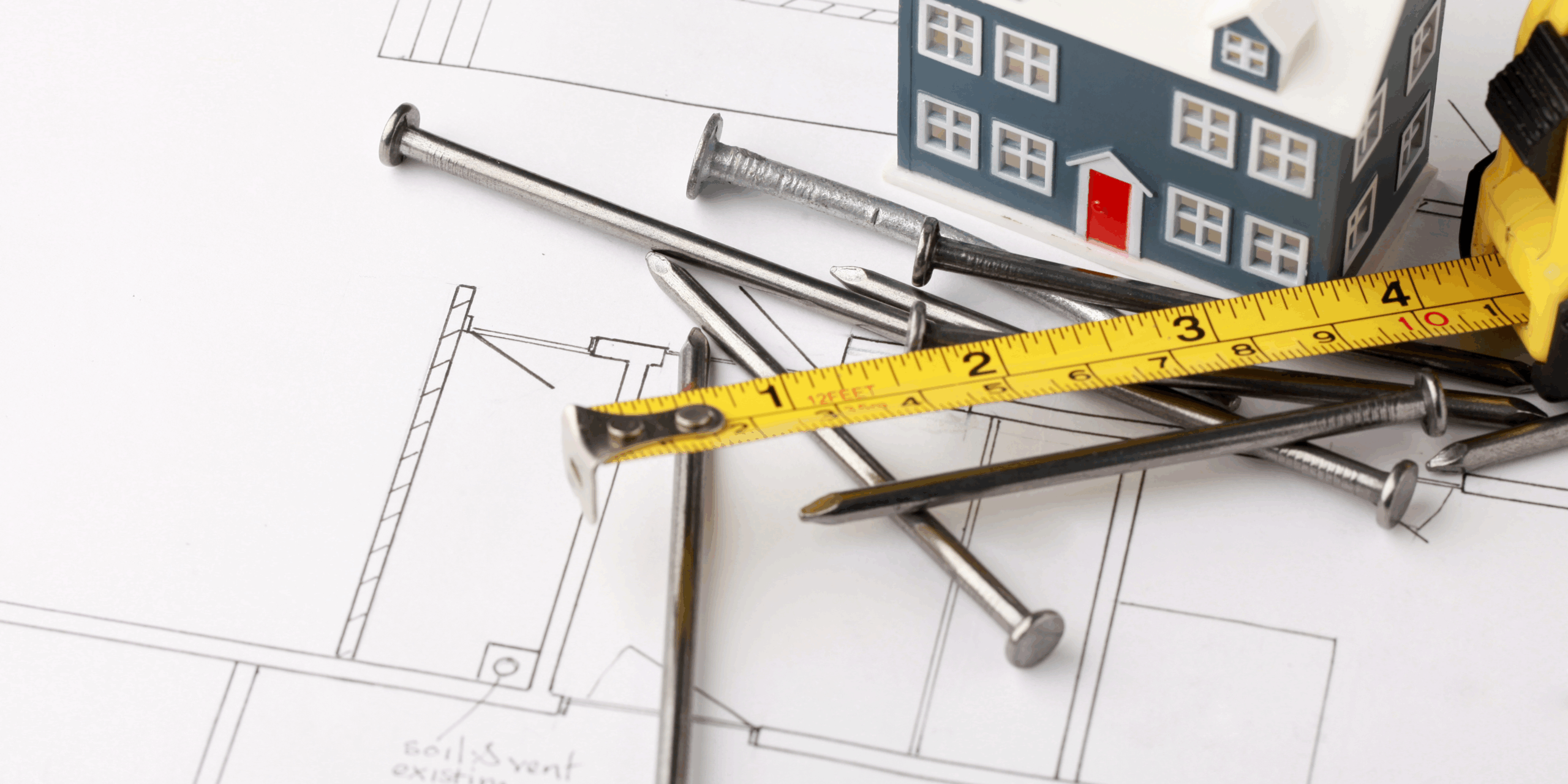

And who is entitled to it?
The following is adapted from Quit Getting Stiffed.
One of the most integral steps in filing your mechanic’s lien is sending notice of a lien to the right person and place after you file it. While it isn’t too hard to figure out that notices are a part of the process, it’s not always easy to figure out how to send notice, whom you need to send it to, or why it matters. Being fully informed on these matters is an absolute necessity because if your notice goes to the wrong person and place, at the wrong time, not only will its purpose never be served, but you will also lose your lien rights and any defense you may have in court, should you run into an issue receiving your due payment. In this blog, we’ll examine why notice of a lien is so important and who is entitled to it.
Sending timely and proper notices is the key to perfecting your lien rights. Why are all these notices required? Having a lien on someone’s property is a very extreme remedy; you can even force the sale of the property to satisfy your lien. Think about it: an owner has no idea who any of the second- or third-place contractors or material suppliers are, yet any of these contractors could file a lien on their property. Notices give the owner and the general contractor a chance to make sure any unpaid party is paid. Specifically, the first notice that is sent out gives the general contractor a chance to take care of the nonpayment issue before they pay the contractor and before their customer—the owner—finds out there is an issue. The second notice gives the owner a chance to take care of the nonpayment issue before they pay the general contractor or before a lien is filed against their property.
For example, Super Plumbing Subcontractor (SPS) falls behind on its payment to its material supplier, Plumbing Supply. Plumbing Supply knows that in order to perfect its lien, the first notice it must send is to SPS’s general contractor. Plumbing Supply sends the general contractor the required notice, and the general contractor pays Plumbing Supply out of SPS’s next payment. If the material supplier was late in sending the general contractor the notice, the general contractor might have already paid SPS.
There is nothing wrong with sending notice of a lien early or sending more notices than what is required by law. If you send notice as soon as you realize there is an issue, it will give all parties involved more time to resolve it. Your lien rights will be lost if you send notices late or to the wrong people.
The notices of a lien that are required are intended to let the people further up the construction food chain know that you are not being paid, so they can make sure you are paid before payments are issued to those above you in the construction food chain. When timely notice is not sent, then the owner or general contractor does not get a chance to fix the situation before the payment is made. If we look at the chart below, we see notices let the owner and general contractor know if there is a kink in the food chain and the money is not making it to the lower places.
Depend on the legal team at The Cromeens Law Firm for your lien and collection needs.
Notices need to be sent to the owner and the general contractor. Unless you have a contract directly with them, you may not know their addresses. Below is a list of resources you can use to find the correct addresses. When you use these resources, print the page you get your information from and put it in your file. If there is a question about the address you sent notice to later, it is great evidence to prove that it was a valid address.
Now that you know whom to send your notices to, and the importance of sending them properly, you can better protect your business. Sending notice that you filed your construction lien is an essential part of retaining your lien rights and ensuring you are paid what you are owed. To make sure your notice is valid, be sure to send it to the right person and place, at the right time.
You can even increase your chance of payment and minimize the opportunity for confusion or neglect by sending multiple notices and sending them early as soon as you notice that there is an issue with payment. Don’t lose out on your livelihood. Contact The Cromeens Law Firm at 713.715.7334, and speak to one of our lien specialists about your collection strategy to ensure you get what you are owed.
For more advice on a Texas contractor’s collection and lien rights, you can find Quit Getting Stiffed on Amazon. You can also find materials referenced in Quit Getting Stiffed, this blog, and correlating information on collection and lien rights for all 50 states in the U.S. at www.subcontractorinstitute.com.
About Karalynn Cromeens
Author of Quit Getting Screwed: Understanding and Negotiating the Subcontract, and creator of The Subcontractor Institute, has been a licensed attorney for more than seventeen years. She has spent her entire legal career in construction law, advising countless clients on how to avoid litigation. Karalynn is on a mission to educate and inform subcontractors about the importance of understanding their lien and collections rights, sparking change and leveling the playing field in the construction industry.
Karalynn Cromeens is the Owner and Managing Partner of The Cromeens Law Firm, PLLC, with over 17 years of experience in construction, real estate, and business law. A published author and passionate advocate for contractors, she has dedicated her career to protecting the businesses her clients have built. Karalynn is on a mission to educate subcontractors on their legal rights, which inspired her books Quit Getting Screwed and Quit Getting Stiffed, as well as her podcast and The Subcontractor Institute.

